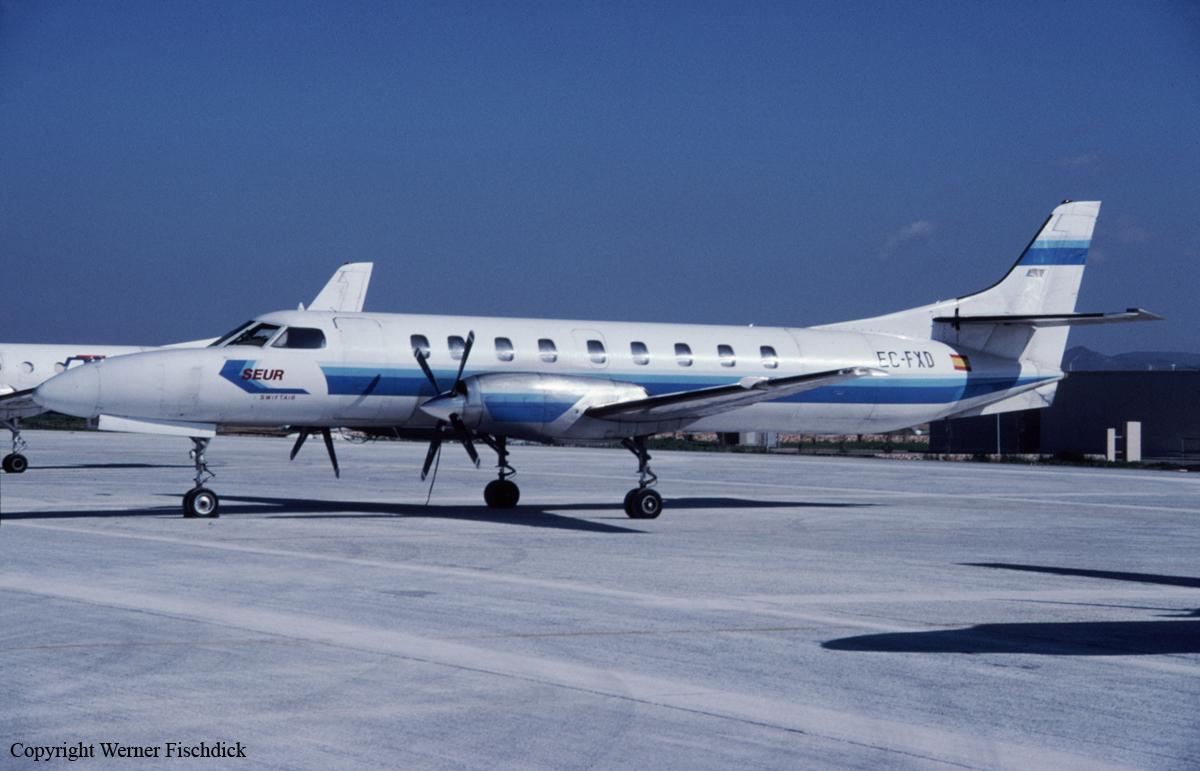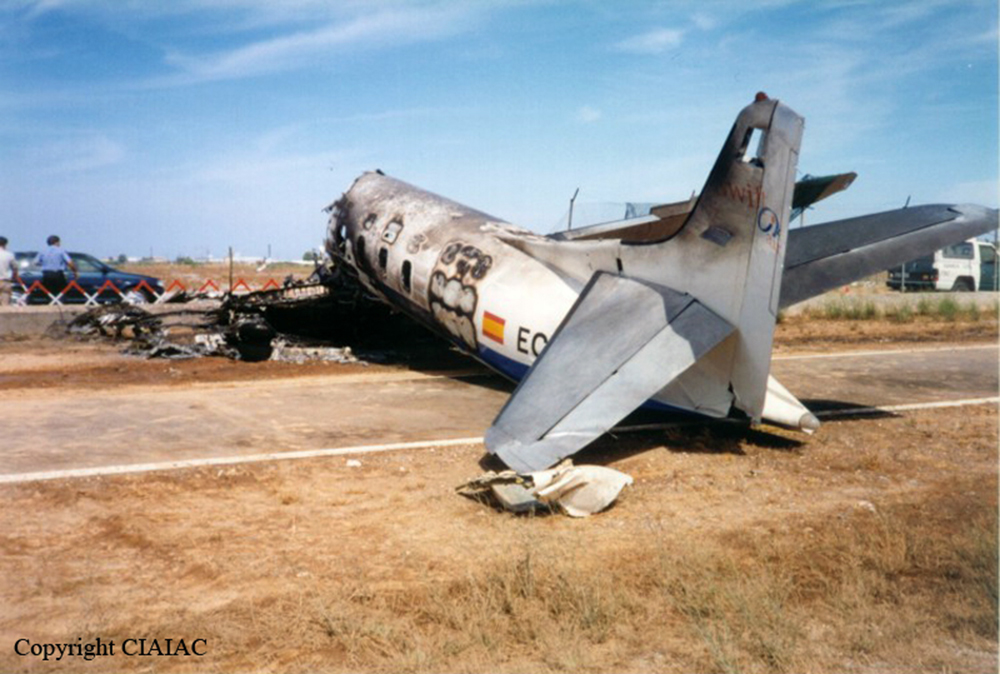Country
code
Catalonia
Crash of a Boeing 757-204 in Gerona: 1 killed
Date & Time:
Sep 14, 1999 at 2347 LT
Registration:
G-BYAG
Survivors:
Yes
Schedule:
Cardiff - Gerona
MSN:
26965
YOM:
1993
Flight number:
BAL226A
Crew on board:
9
Crew fatalities:
Pax on board:
236
Pax fatalities:
Other fatalities:
Total fatalities:
1
Captain / Total hours on type:
3562.00
Copilot / Total hours on type:
1145
Aircraft flight hours:
26429
Aircraft flight cycles:
9816
Circumstances:
Flight BY226A took off from Cardiff at 20:40 local time for a charter flight to Gerona. The crew contacted Gerona ATC at 23:14 hours. With a thunderstorm in the area, flight conditions were turbulent. ATC offered the option of a runway 20 ILS approach, but the crew decided to fly a VOR/DME procedure to runway 02 considering the prevailing conditions of wet runway, downslope and tailwind. At 23:33, in full landing configuration and just after passing 10 DME, the crew were advised of a change of wind to 200 degrees at 12 knots. Upon becoming visual the aircraft was not adequately aligned with the runway and the change in wind direction now favored the reciprocal runway so a missed approach was carried out. The aircraft was now positioned for an ILS approach to runway 20. During the approach the crew noted that the company minimum amount of fuel for a diversion to Barcelona (2,800 kg) had been reached. At 23:46:58 hrs, at 250 feet above ground level (agl) and on the correct glidepath, the captain disconnected the autopilot and autothrottle. The aircraft began to deviate above the glidepath. Twelve seconds later, at 110 feet agl, the captain briefly pushed the control column almost fully forward before returning it to an approximately neutral position. The aircraft pitched down to -4.5° nose down attitude and then back up to -2.5° nose down attitude. During this period the captain lost his visual reference with the runway because all runway lights had suddenly failed. The GPWS then warned of the excessive sink rate and the thrust levers being retarded to idle. At 21:47:17 the aircraft touched down in a 2° nose down attitude and a recorded peak normal (vertical) acceleration of 3.11 g. The aircraft bounced, the nose pitched up to +3.3°, a roll to the right commenced, both the thrust levers advanced and the power on both engines increased to 1.18 EPR. Full nose down elevator was applied and held until a second touchdown, resulting in a rapid pitch down. The aircraft made the second touchdown 1.9 seconds after the first at -0.5° pitch attitude (nose down), with a pitch rate of 7°/sec nose down and 4.2° of right roll. After a run of approximately 343 meters across flat grassland beside the runway, the aircraft ran diagonally over a substantial earth mound adjacent to the airport boundary, becoming semi-airborne as a result. At the far side of the mound a number of medium sized trees were struck and severed, predominantly by the right wing, and the right engine nacelle struck the boundary fence. The aircraft, yawed considerably to the right of its direction of travel, then passed through the fence, re-landed in a field and both main landing gears collapsed. It came to rest after a 244 meter slide across the field, with the fuselage almost structurally severed at two points.
Probable cause:
It is considered that the most probable cause of the accident was the destabilization of the approach below decision height with loss of external visual references and automatic height callouts immediately before landing, resulting in touchdown with excessive descent rate in a nose down attitude. The resulting displacement of the nose landing gear support structure caused disruption to aircraft systems that led to uncommanded forward thrust increase and other effects that severely aggravated the consequences of the initial event.
Contributory factors were:
- Impairment of the runway visual environment as a result of darkness and torrential rain and the extinguishing of runway lights immediately before landing;
- Suppression of some automatic height callouts by the GPWS 'SINK RATE' audio caution;
- The effect of shock or mental incapacitation on the PF at the failure of the runway lights which may have inhibited him from making a decision to go-around;
- The absence of specific flight crew training in flight simulators to initiate a go-around when below landing decision height;
- Insufficient evaluation of the weather conditions, particularly the movement and severity of the storm affecting the destination airport.
Contributory factors were:
- Impairment of the runway visual environment as a result of darkness and torrential rain and the extinguishing of runway lights immediately before landing;
- Suppression of some automatic height callouts by the GPWS 'SINK RATE' audio caution;
- The effect of shock or mental incapacitation on the PF at the failure of the runway lights which may have inhibited him from making a decision to go-around;
- The absence of specific flight crew training in flight simulators to initiate a go-around when below landing decision height;
- Insufficient evaluation of the weather conditions, particularly the movement and severity of the storm affecting the destination airport.
Final Report:

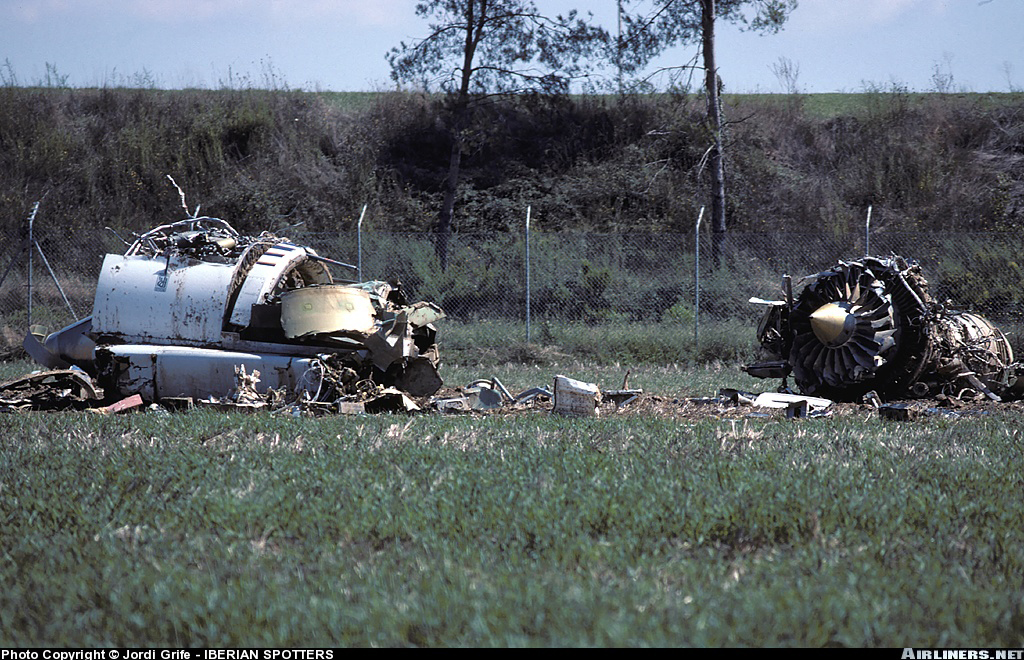



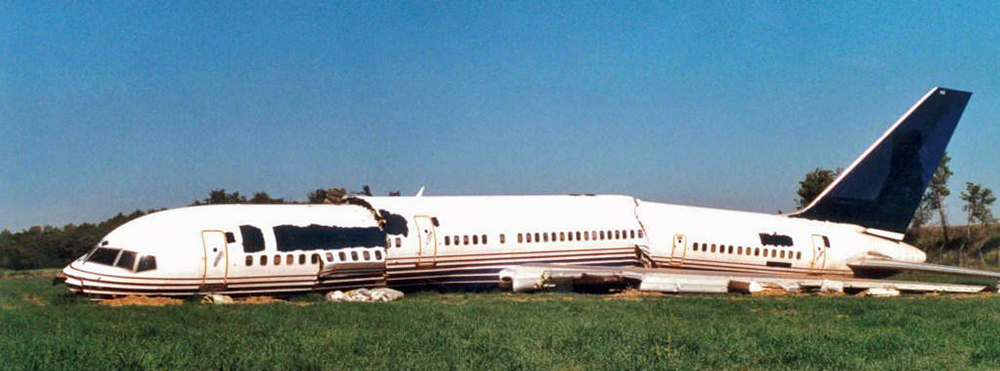
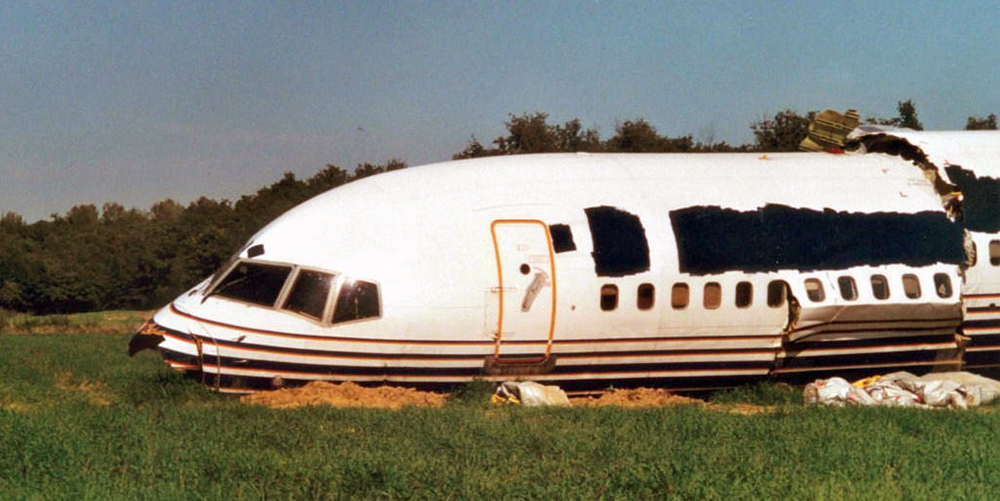

Crash of a Swearingen SA227AC Metro III in Barcelona: 2 killed
Date & Time:
Jul 28, 1998 at 0052 LT
Registration:
EC-FXD
Survivors:
No
Schedule:
Palma de Mallorca - Barcelona
MSN:
AC-651
YOM:
1986
Flight number:
SWT704
Crew on board:
2
Crew fatalities:
Pax on board:
0
Pax fatalities:
Other fatalities:
Total fatalities:
2
Captain / Total hours on type:
4132.00
Copilot / Total hours on type:
1769
Aircraft flight hours:
14748
Circumstances:
Flight SWT704, a cargo flight from Palma de Mallorca to Barcelona, was to be used by the crew as an instruction flight. The co-pilot, who that day was flying for the first time since 20th March 1998, and who was sitting in the left-hand seat, would thus carry out a refresher flight as "First officer under supervision", in accordance with the operator's procedures. At first, it had been planned that the aircraft should carry out a missed approach with one engine on its arrival at Barcelona Airport. However, for a runway 25 approach this was very difficult and the captain decided to postpone this manoeuvre. It was then decided to carry out a standard approach leaving the glide path a little above and then stopping the engine. They would then raise the landing gear and flaps by increments. The captain added: "As soon as we're without control, we'll restore it" (the engine). The approach to runway 25 was also normal. At 00:47:10 they contacted the Barcelona control tower, which indicated that they were number 1, that they should continue and that they should notify "established in final". Afterwards, they extended the landing gear and flaps. At 22:49:55 h, the captain notified the control tower that they were established in final. The tower indicated that they should continue, that a flight was leaving runway 25 and that it would call them immediately. At that moment, the Metro was at a height of some 1400 feet, at some 6 nm (about 3 minutes at 120 kt) from the runway threshold. At 22:50:03 h, with gear and flaps down, the instructor said "Well, engine stop" to which the copilot replied: "Come on, landing gear up". Contrary to normal practice, the right engine was shut down completely and the prop was feathered. It's usual practice to retard the throttles to idle to simulate zero thrust for that engine. When the co-pilot pushed the wrong pedal, the plane deviated to the right. The captain then tried to start the engine again. This failed however because due to the seizing of the guide rod bushing of the propeller pitch change mechanism, the pitch varying mechanism did not take the blades to the necessary pitch for start-up. The captain then said: "Well, I am taking out the engine again. I've raised the flap for you. Now flap by increments...". A few moments later the copilot asked "I continue with the approach, don't I?" to which the captain replied in the affirmative and added that they had been authorized to land and that they were going to land with one engine. At 22:51:09 he again confirmed "Well, just continue with one engine" and appeared to give general instructions on how to carry out a missed approach or what to do when near the runway. At 22:52:01, the captain said "landing gear", the co-pilot said "landing gear now" and the captain then confirmed "coming down". The stall warning then began to sound. The aircraft turned off to the right of the ILS localizer and adopted a position of almost 90° of roll to the left, then a position of 90° of roll to the right whilst continuing to lose height and then again took up a position of 90° of roll to the left. Finally, the left wing struck the ground and then the aircraft crashed first into the outside barrier of highway B-203 which runs round the edge of the Airport and then the perimeter fence, finally coming to a halt at some 250 m from the threshold of runway 25 and some 100 metres to the right of the runway axis. The wreckage of the aircraft burst into flames.
Probable cause:
It is considered that the probable cause of the accident was the loss of control of the aircraft due to an excessive reduction of speed at low height, after having extended the landing gear, with an intermediate flap position, and with the right engine stopped and its propeller pitch close to feather.
Final Report:
